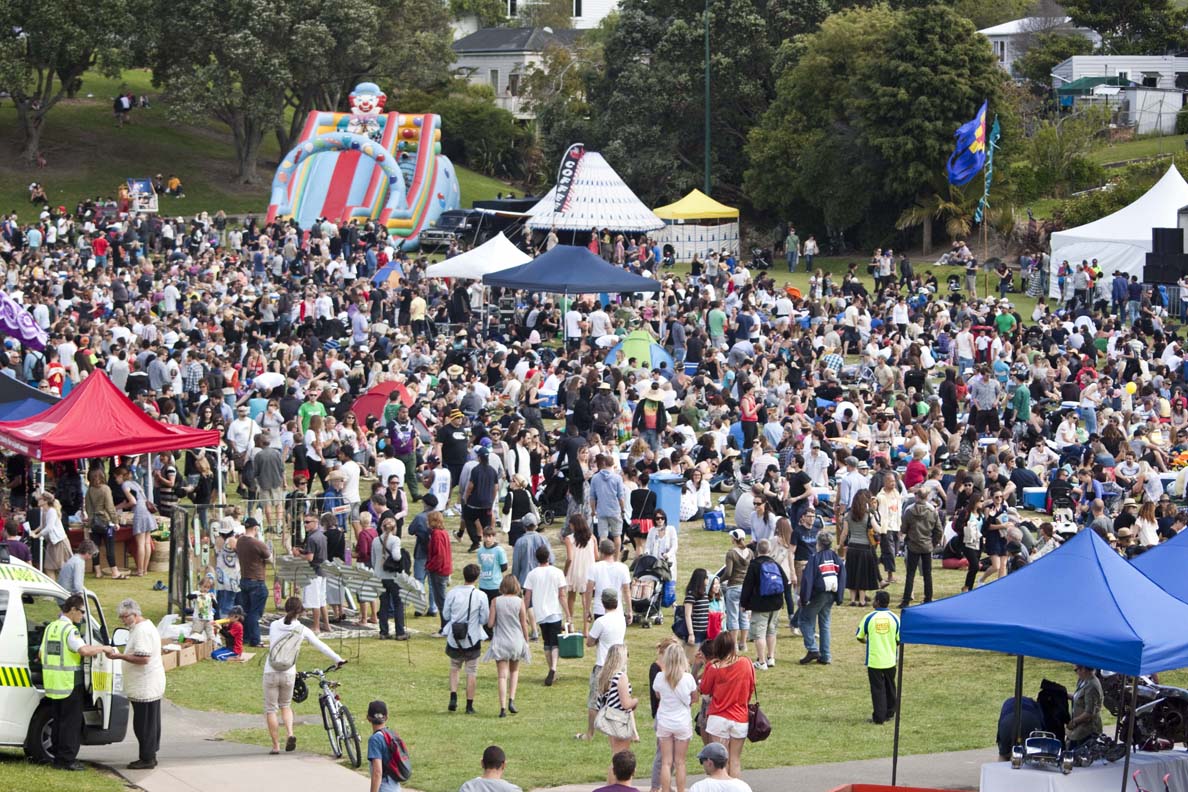Covid-19 and Auckland's youth workforce
Author:
Ben Craven, EeMun Chen, Sharyn Jones, Patrick McVeighSource:
Auckland Unlimited, MartinJenkinsPublication date:
2021Topics:
PeopleExtract from the summary:
The overall impact of COVID-19 on Auckland’s youth
COVID-19 and the accompanying implementation of an Alert Level system to restrict activity touched all of New Zealand’s communities and businesses in some way. People and businesses in Auckland have been disproportionately affected, experiencing a greater number of Alert Level changes than other areas, with several Level 3 lockdowns in Auckland between August 2020 and March 2021.
COVID-19 may have contributed to greater disengagement among youth
COVID-19 may have increased levels of disengagement for young people overall. In March 2021, the annual youth NEET rate in Auckland was at its highest since 2010, with the largest annual increase being between 2020 and 2021. Increases in the youth NEET rate have been observed across many areas in Auckland, including in wards in North and Central Auckland, and the NEET rate in south Auckland has returned through the pandemic to previously high levels.
While the youth NEET rates for most ethnic groups had returned to pre-GFC levels, the rate for Māori rangatahi increased by one percentage point above the GFC rate. The NEET rate for young women aged 20-24 increased from 14.9% in March 2020 to 19.0% in March 2021, likely reflecting increased pressure to undertake caregiving responsibilities.
These trends are consistent with the main trends from COVID-19: the lockdowns and their employment effects have exacerbated the impact of existing vulnerabilities and disadvantages.
Young people in Auckland and nationally are over-represented among new unemployment beneficiaries
Young New Zealanders, and young people in Auckland in particular, are over-represented among the increased numbers of people receiving an unemployment benefit after COVID-19 arrived. The number of 18–24 year-olds in Auckland on the JobSeeker (Work Ready) benefit in March 2021 was 68% above the level in March 2020 (compared to 39% for non-youth in Auckland, 42% for youth nationally, and 30% for non-youth nationally). While there are early indications that this number has begun to drop, and at a faster level than for other ages, the rate of decline for youth in Auckland appears to be lower than that of youth nationally. ...
Auckland Unlimited, June 2021
